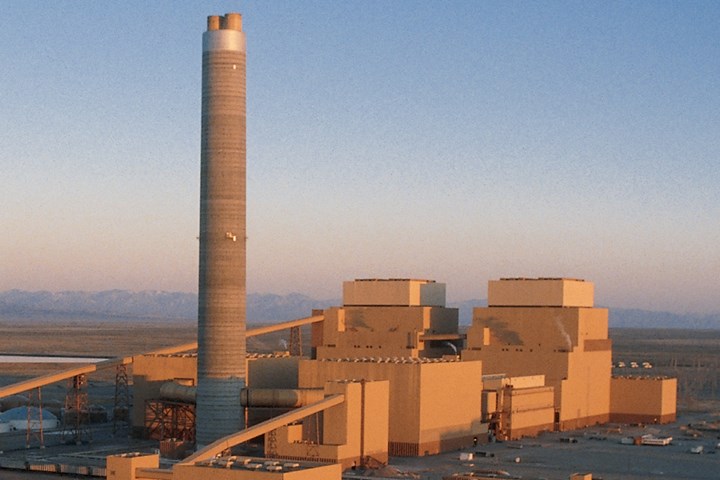Emerson Software Helps Intermountain Power Agency Deliver Carbon-Free Power
Initiative creates clean energy hub for western United States.
#automation #VMAnews

Intermountain Power Agency selects Emerson’s Ovation platform to automate operations.
Photo Credit: Emerson
Emerson (NYSE: EMR), a global software and engineering leader, has been selected to automate operations at Intermountain Power Agency’s IPP Renewed power plant, a regional energy hub that uses renewable energy resources. Emerson’s power industry expertise and hydrogen production experience as an automation supplier to the adjacent Mitsubishi Power Advanced Clean Energy Storage hub will help the Intermountain Power Agency increase safety, decrease costs and simplify maintenance across the lifecycle of its Utah-based IPP Renewed.
IPP Renewed transforms the retiring coal-fueled Intermountain Power Project into an innovative, clean energy solution that addresses increasing power market demands for rapid decarbonization and regulatory challenges. Adjacency to Mitsubishi’s Advanced Clean Energy Storage hub perfectly positions the plant to take advantage of stored green hydrogen to supply carbon-free power to six Western states on demand. Green hydrogen produced using renewable energy during peak production will be stored in the hub’s underground salt caverns for use by IPP Renewed’s hydrogen-capable turbines to generate electricity during standard and peak consumption.
“Finding innovative ways to make renewable energy dispatchable is essential to meeting the country’s electricity needs and net zero emissions aspirations,” said Cameron Cowan, general manager of the Intermountain Power Agency. “Our partnership with Emerson, which has renewable power industry expertise and proven automation experience for complex projects, will help us build a digitally optimized facility to deliver reliable, carbon-free electricity for decades to come.”
The 840-MW IPP Renewed plant will use 30% hydrogen fuel and 70% natural gas at startup, transitioning to 100% hydrogen use by 2045. Emerson’s Ovation™ software and automation technologies and cybersecurity solutions will provide easier integration and improved visibility of the green hydrogen production, storage and generation processes, as well as reliable, secure control and monitoring of the IPP Renewed balance-of-plant operations.
“Successfully managing supply and demand of renewable energy will be a key differentiator for power generation facilities competing in a low-carbon energy future,” said Bob Yeager, president of Emerson’s power and water business. “Intermountain Power Agency is reimagining power generation by scaling critical emerging technologies and using innovative automation software and solutions to help reliably and securely meet consumer demand, creating a model for all organizations in the energy generation marketplace.”
Emerson will help the Intermountain Power Agency implement an end-to-end integrated Ovation platform — from green hydrogen production and storage at Mitsubishi’s Advanced Clean Energy hub to carbon-free electricity generation at the IPP Renewed plant. The plant will also use digital solutions, such as the next generation of total plant simulation developed by Emerson and Mitsubishi, to optimize performance and reliability, enable predictive and artificial intelligence-driven maintenance strategies, automate operational decision making and support commissioning and training.
RELATED CONTENT
-
New Requirements for Actuator Sizing
After decades of confusion, the American Water Works Association has created new standards for actuator sizing that clear up some of the confusion and also provide guidance on where safety factors need to be applied.
-
Editor's Product Picks
Neles introduces valve-sizing and selection software for all intelligent automated process valves.
-
Standards for Actuator/Gearbox Flanges
“Many variations in valve and actuator dimensions and characteristics have come into play especially now that we have worldwide vendors,” said Paul Souza, training manager at AUMA Actuators in a presentation at the Valve Manufacturers Association Virtual Valve Forum in November 2020.










 Unloading large gate valve.jpg;maxWidth=214)